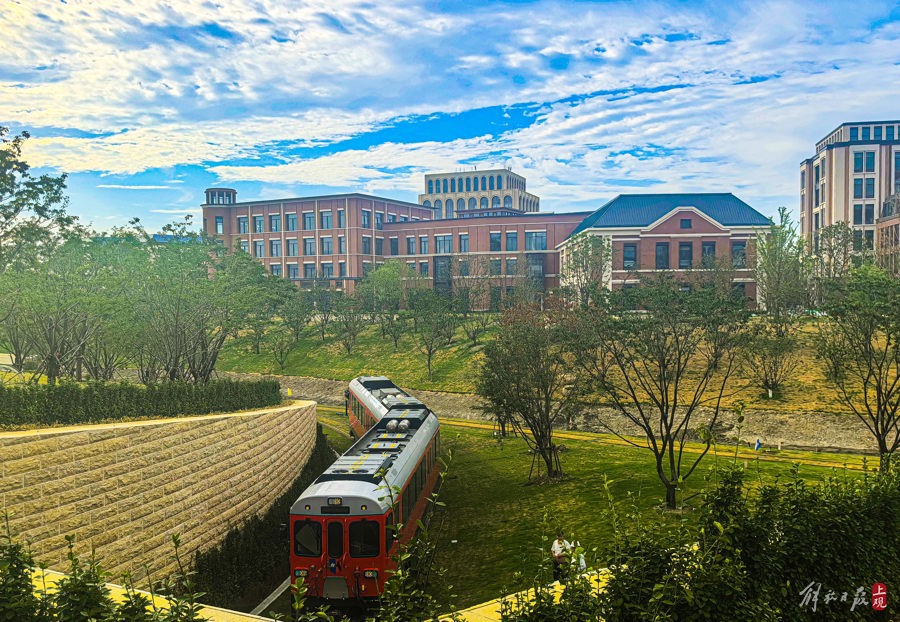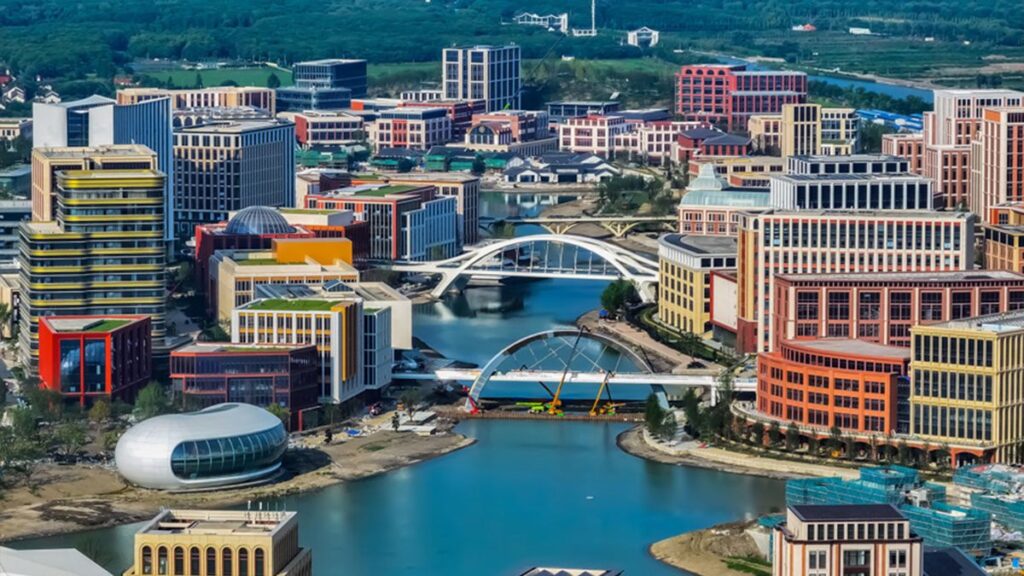Huawei has completed its Shanghai Qingpu project, officially named the Huawei Lianqiuhu R&D Center. According to EE Times China (via machine translation), the sprawling facility cost more than 10 billion yuan (about $1.4 billion) to build and covers an area of 2,600 acres. The company will also build more than 40,000 offices to house 35,000 Huawei employees.
The Lianqiuhu R&D center is located about 30 miles west-southwest of downtown Shanghai and is expected to bring together all of Huawei's R&D efforts, including HiSilicon, wireless technologies such as 5G-A/6G, Huawei smartphones, automobiles, and digital energy research. The R&D center will be divided into eight districts, with roads, trains and elevated roads connecting the districts.
The project began in September 2021 and took more than three years to complete. Huawei CEO Ren Zhengfei said the company used the Chicago Lakeside Complex as inspiration for the project, adding that the Yangtze River Delta is a beautiful environment suitable for foreigners, and the 700 to 800 foreign scientists working at Huawei will not feel like they are in a foreign country.

The Huawei Lianqiuhu R&D Center is the centerpiece of the Xicen Science and Technology Innovation Center in the Yangtze River Delta Integrated Demonstration Zone, and is part of China's increased focus on developing homegrown technologies as it seeks to differentiate itself from the West.
Huawei especially needs to step up its research and development as it bears the brunt of U.S. sanctions in the ongoing semiconductor war between Beijing and Washington. Consolidating its many R&D centers into one monolith would allow the company to streamline operations and make collaboration between its different departments much easier.
This flagship project also shows how much Huawei is investing in future technologies. The Huawei Lianqiuhu R&D Center is larger than the facilities of the world's largest technology companies. The project's vast area is larger than the combined Apple Park and Microsoft Redmond campuses, which are just 175 acres and 502 acres, respectively.
Apart from investing in offices and real estate, Huawei is also trying its best to attract top talent. The company is offering competitive salary packages, especially since it can no longer hire US citizens or green card holders. As US bans and sanctions are gradually driving other foreign tech companies out of China, the company now has to offer deals to attract Chinese talent from overseas and bring them back home.

